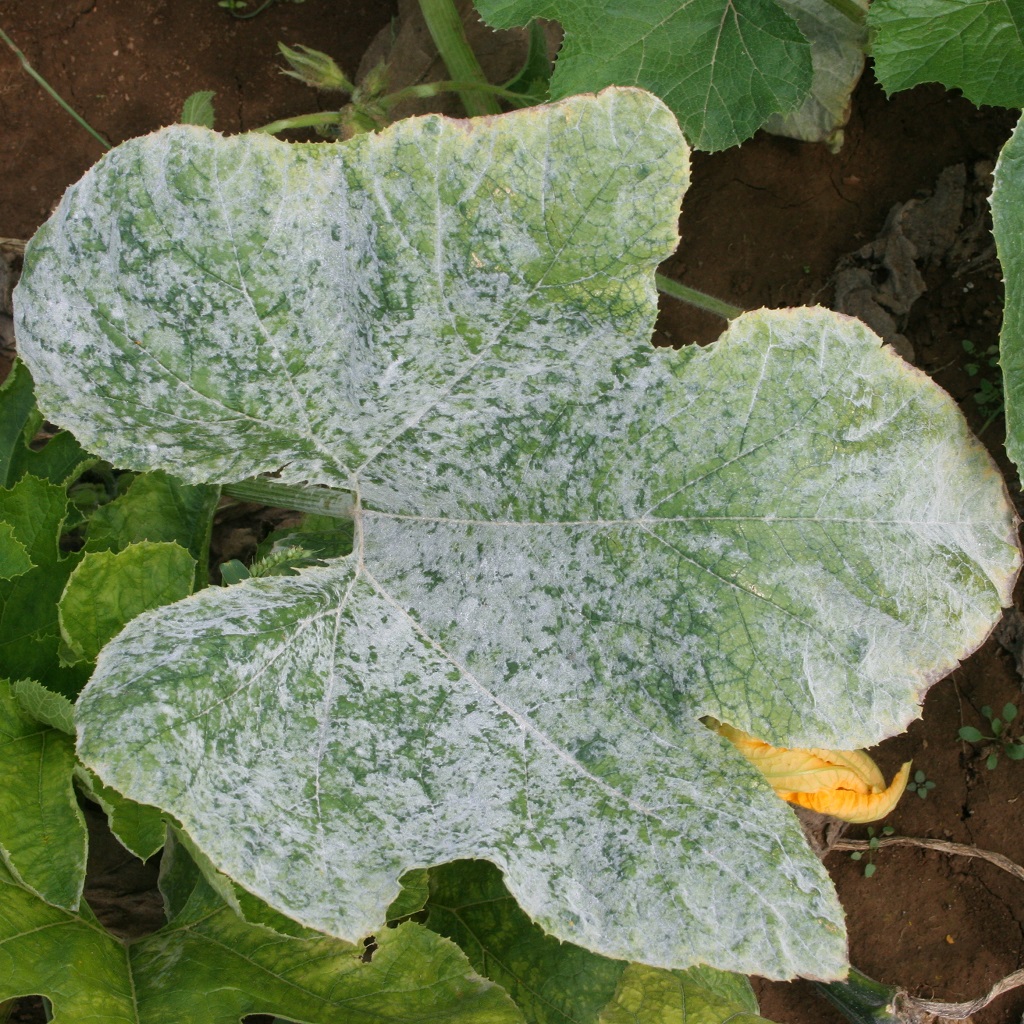Powdery mildew is a common fungal disease affecting many plants, characterized by a white, powdery coating on leaves, stems, and sometimes flowers. While not usually fatal, it can cause unsightly damage, slow growth, and potentially reduce yields, especially in neglected cases.
Understanding Powdery Mildew
- Cause: Powdery mildew is caused by a group of related fungi in the Erysiphaceae family.
- Appearance: It appears as a white, powdery mat or coating on the surface of plant parts, particularly leaves.
- Symptoms: Infected plants may show leaves that turn yellow, curl, or become distorted, and growth may be slowed or stunted.
- Spread: Powdery mildew spores are easily spread by wind, insects, and even water.
- Conditions: Powdery mildew thrives in warm, dry climates with high humidity, especially in areas with poor air circulation.
Preventing and Controlling Powdery Mildew
- Prevention:
- Improve air circulation by thinning out plants and providing adequate spacing.
- Prune plants properly to avoid dense growth and poor airflow.
- Use mulch to retain soil moisture, which can help reduce humidity around the plants.
- Choose mildew-resistant plant varieties whenever possible.
- Control:
- Early Intervention: Treat mild infections with horticultural oils (like neem oil) or fungicides.
- Home Remedies: Baking soda, milk, or dish soap solutions can be effective when applied properly.
- Systematic Fungicides: For severe infections, systematic fungicides containing thiophanate-methyl or thiophanate can be used.
- Biocontrol: Consider using biocontrol agents like hyperparasites (e.g., Ampelomyces spp.) to manage powdery mildew.
Important Considerations:
- Timing: Apply treatments as soon as you spot the first signs of powdery mildew to prevent it from spreading.
- Application: Follow application instructions carefully and ensure thorough coverage of affected areas.
- Persistence: Powdery mildew can be persistent, so regular maintenance and preventative measures are often necessary.
- Overwatering: Avoid overwatering, as it can create conditions that favor powdery mildew growth.

Leave a Reply